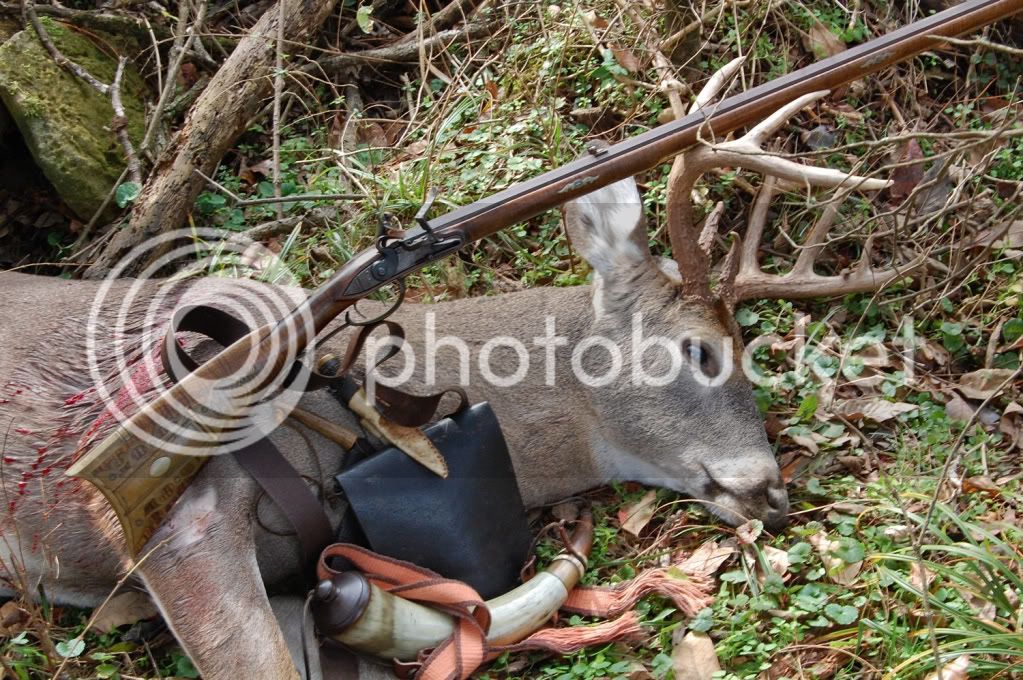Yeah to answer your question why a 40, is mostly because I'm wondering the effectiveness of the caliber. I don't have a 40 yet but I do have a 36 that I really like the weight of but is not legal to hunt with so I figured no harm in making an informed decision before I buy one.
It kind of sounds like to me that shot placement is extremely vital and a bone strike at longer range could result in a injured deer.
It kind of sounds like to me that shot placement is extremely vital and a bone strike at longer range could result in a injured deer.







